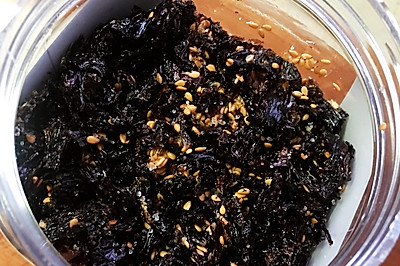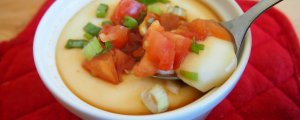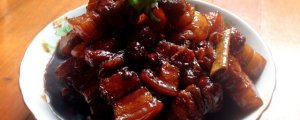
Stir fried mussel with vegetables
(163107 views)
Mussels (scientific name - MYTILUSEDULIS), also known as rainbow and Qingkou, are cooked and processed into dried vegetables. They are bivalve mollusks with dark brown shells. They live on the rocks at the seashore. The protein content of fresh mussel is 10.8g, sugar 2.4G, ash 2.4G, fat 1.4g and protein content of dried mussel is 59.3%. Mussels also contain a variety of vitamins and essential trace elements such as manganese, zinc, selenium and iodine. It is worth mentioning that the high nutritional value of mussel is also due to its protein containing 8 essential amino acids, such as valine and leucine, which are needed by human body. Its content is much higher than that of egg, chicken, duck, fish, shrimp and meat. According to another study, mussel fat also contains essential fatty acids for human body. The content of saturated fatty acids is lower than that of pig, cattle, mutton and milk. The content of unsaturated fatty acids is relatively higher. Known as the sea
Cooking ingredients
Cooking Steps

Step1:Boil mussel. Peel the shell and take the meat. Wash and control the water content of the mos

Step2:Cut the dried moss into small piece

Step3:Put peanut oil in the frying pan. Stir fry the chopped green onion and ginger. Stir fry the moss over high heat. Put in a small spoon of soy sauce. Season with a little salt

Step4:Stir fry the moss. Put in the mussels and stir evenly

Step5:The moss and vegetables in spring are especially fresh and tender. It has the functions of softening, firming, dispersing, clearing away heat, detoxifying, moistening the lungs and benefiting the pharynx. It is a kind of nutritious vegetable with high dietary fiber, low fat, low energy and rich in minerals and vitamins. It is good for health. It can be eaten frequently
Cooking tips:There are skills in making delicious dishes.
 Chinese Food
Chinese Food












